When it comes to backpacking, organization is key. Having a well-organized pack can make all the difference in your outdoor adventure.
Contents
One essential tip for organizing your backpacking gear is to categorize your items.
This means separating your gear into different categories such as clothing, cooking supplies, sleeping gear, and personal items.
By doing this, you can easily locate what you need without having to rummage through your entire pack.
Another important tip is to use packing cubes or stuff sacks to keep your gear organized and compact.
These handy storage solutions not only keep your gear tidy, but they also help maximize space in your pack.
Additionally, labeling your storage containers can help you quickly identify what’s inside, saving you time and frustration on the trail.
Another essential tip for organizing your backpacking gear is to create a designated spot for each item.
This means having a specific place for your tent, sleeping bag, stove, and other gear.
By assigning a spot for each item, you can easily keep track of your gear and ensure that nothing gets left behind.
It’s also important to regularly go through your gear and remove any items that you don’t need.
This will help lighten your load and keep your pack organized.
Lastly, consider investing in a gear storage system that is designed specifically for backpacking.
There are many innovative storage solutions on the market that can help you keep your gear organized and easily accessible while on the trail.
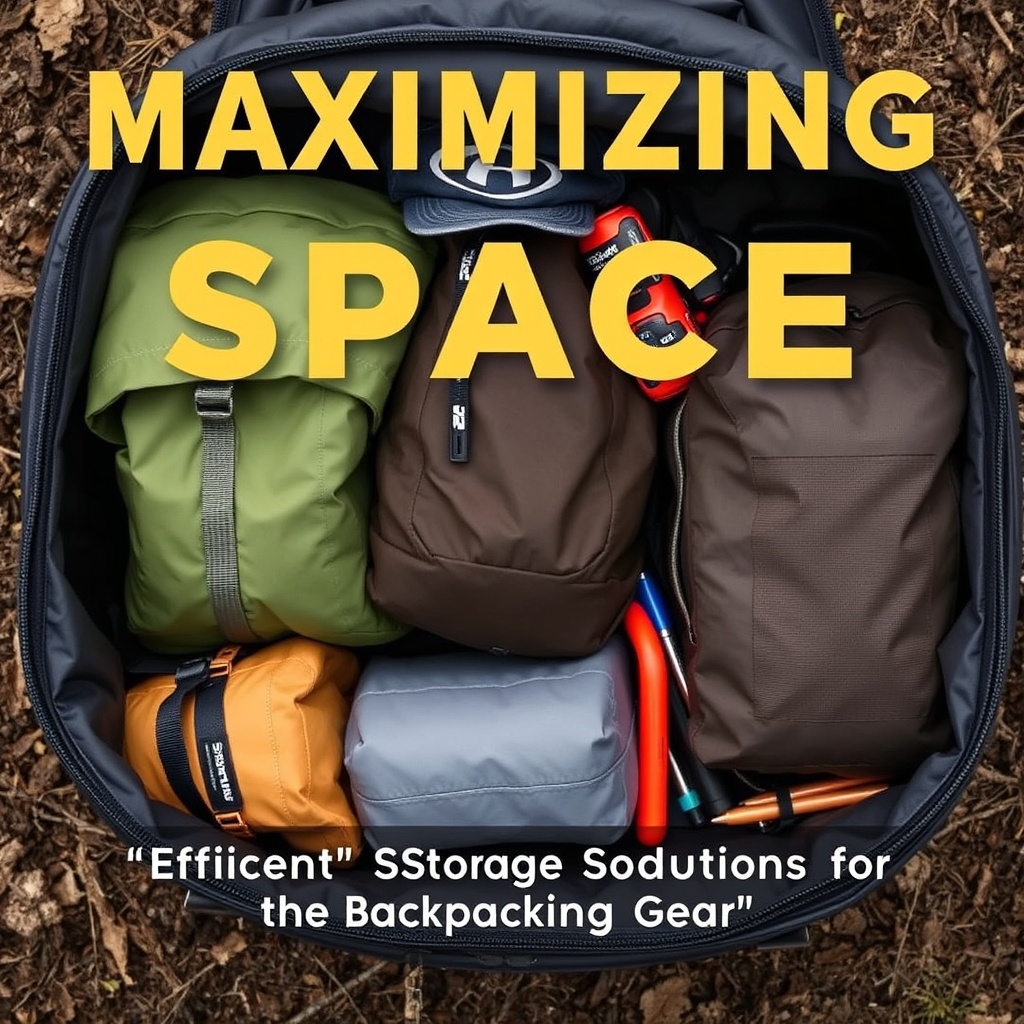
Maximizing Space: Efficient Storage Solutions for Backpacking Gear
Maximizing space in your backpack is essential for any backpacking trip. One efficient storage solution for backpacking gear is to use compression sacks.
These sacks are designed to compress your clothing and sleeping gear, allowing you to save valuable space in your pack.
Another space-saving solution is to utilize the inside of your pack’s lid for storage.
Many backpacks come with a built-in lid that can be used to store small items such as maps, snacks, and sunscreen.
Additionally, consider using a lightweight, collapsible water bottle or hydration reservoir to save space in your pack.
Another efficient storage solution for backpacking gear is to use multi-purpose items. For example, a lightweight tarp can double as a ground cover and rain shelter, saving you from having to pack both items separately.
Similarly, a multi-tool can serve multiple purposes, such as cutting food, repairing gear, and opening cans.
Another space-saving tip is to pack items inside of other items.
For example, you can store your stove and fuel canister inside of your cooking pot to save space.
By utilizing these efficient storage solutions, you can maximize space in your pack and ensure that you have everything you need for your backpacking adventure.
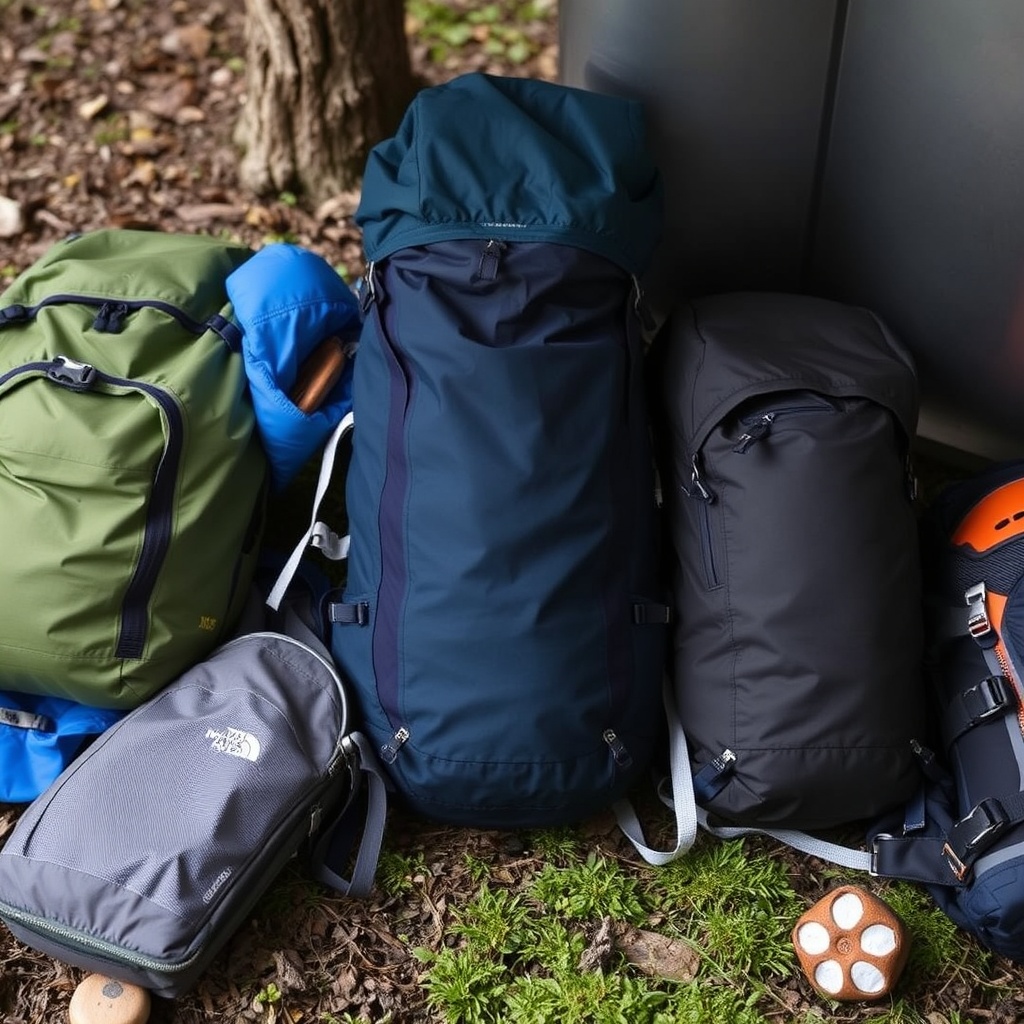
The Importance of Properly Storing Your Backpacking Equipment
Properly storing your backpacking equipment is crucial for maintaining the longevity and functionality of your gear.
One important aspect of proper gear storage is keeping it clean and dry. Before storing your gear, make sure to thoroughly clean and dry it to prevent mold, mildew, and odors from developing.
This is especially important for items such as tents, sleeping bags, and clothing.
Additionally, consider using a waterproof stuff sack or dry bag to protect your gear from moisture while on the trail. Another important aspect of proper gear storage is protecting it from pests and critters.
When storing your gear at home, make sure to keep it in a secure location that is free from rodents and insects.
Consider using storage containers with tight-fitting lids to prevent pests from getting inside.
It’s also important to regularly inspect your gear for any signs of damage or wear and tear.
By properly storing your backpacking equipment, you can ensure that it remains in good condition and ready for your next outdoor adventure.
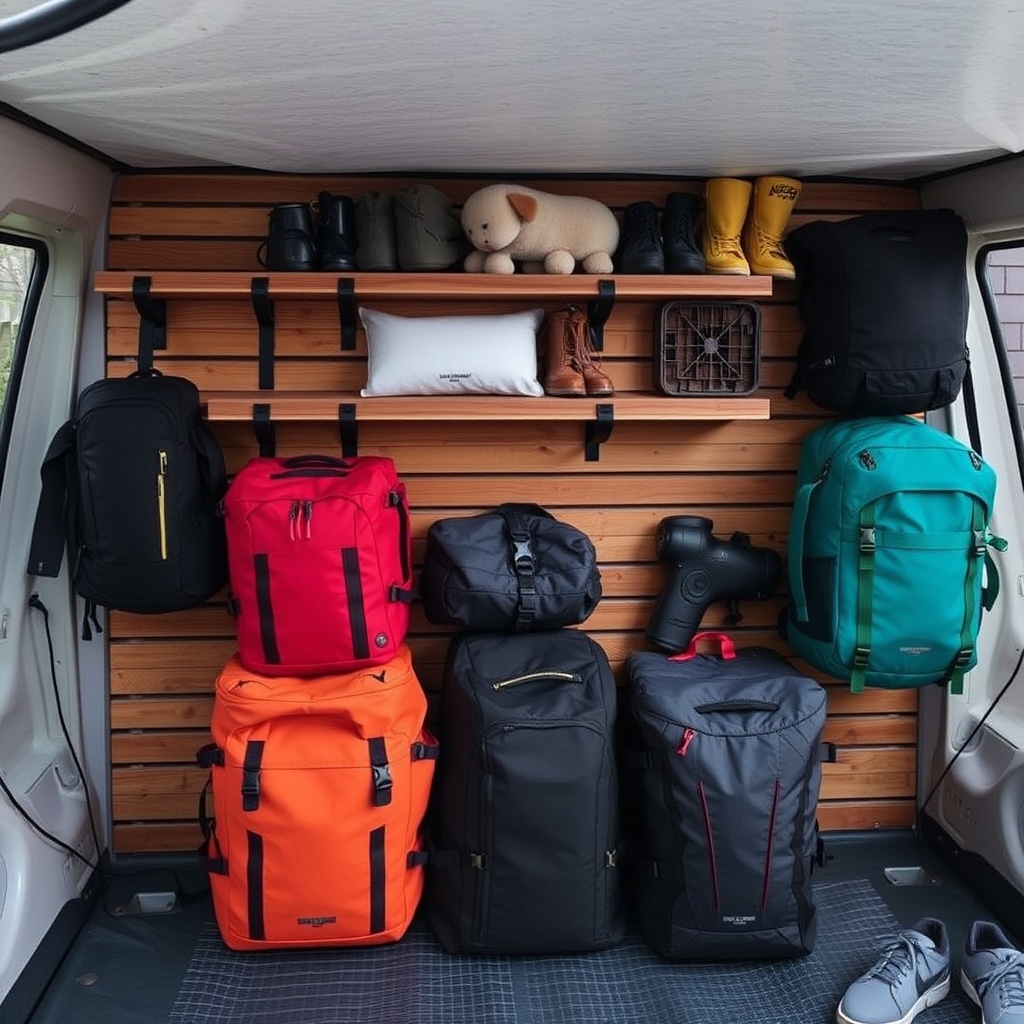
Innovative Gear Storage Ideas for Backpackers
Innovative gear storage ideas can make all the difference in keeping your backpacking gear organized and accessible.
One innovative idea is to use a hanging organizer inside of your tent.
This can be used to store small items such as headlamps, maps, and toiletries, keeping them off the floor and easily accessible.
Another innovative idea is to use a gear loft inside of your tent to store larger items such as clothing and sleeping bags.
This can help free up floor space inside of your tent and keep your gear organized.
Another innovative gear storage idea for backpackers is to use a lightweight, collapsible shelving unit inside of your tent or at your campsite.
This can be used to store cooking supplies, food, and other items, keeping them off the ground and easily accessible.
Additionally, consider using a hanging shoe organizer to store small items such as utensils, spices, and first aid supplies.
By utilizing these innovative gear storage ideas, you can keep your backpacking gear organized and easily accessible while on the trail.
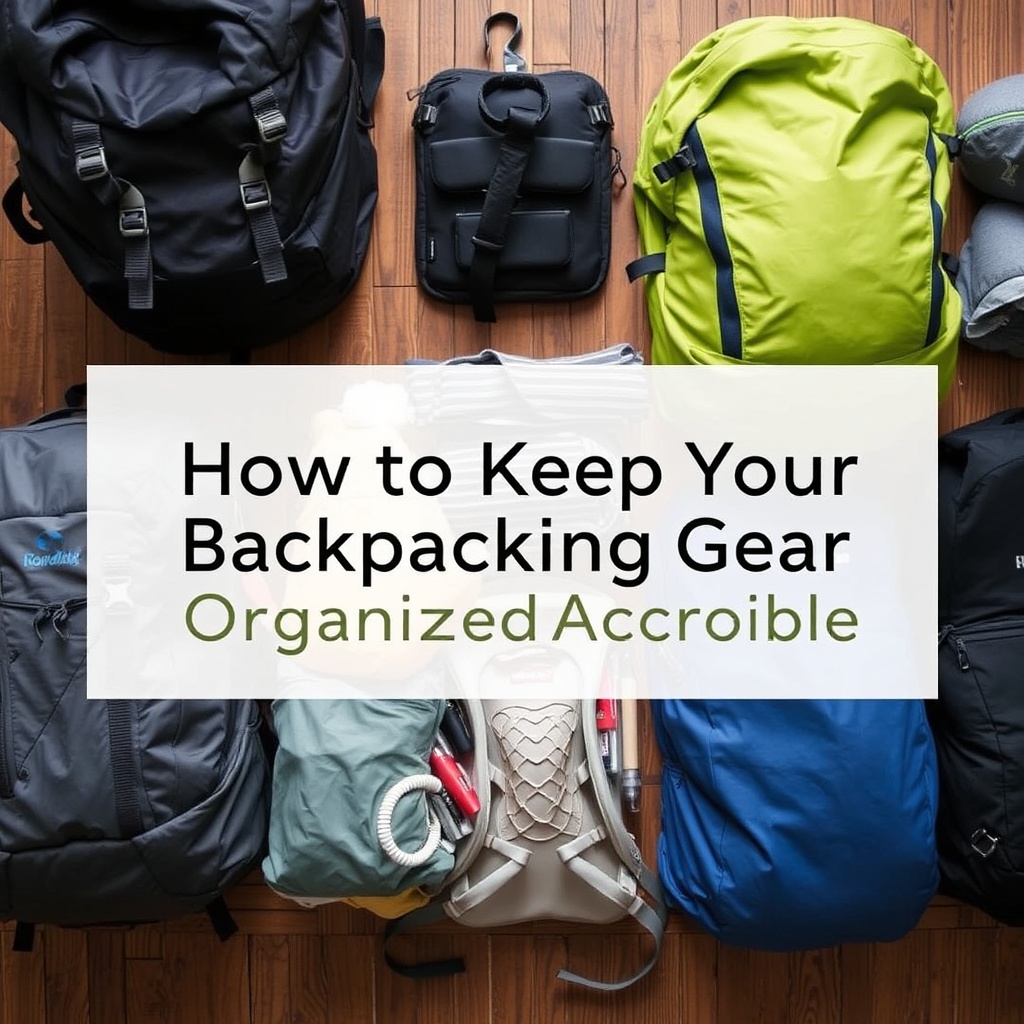
How to Keep Your Backpacking Gear Organized and Accessible
Keeping your backpacking gear organized and accessible is essential for a successful outdoor adventure.
One way to achieve this is by using a color-coded system for your gear.
For example, you can use different colored stuff sacks or packing cubes for each category of gear (e.g., red for clothing, blue for cooking supplies, green for personal items).
This can help you quickly identify what’s inside each container without having to open them all up.
Another way to keep your gear organized and accessible is by using clear storage containers.
This allows you to easily see what’s inside each container without having to open them up.
Another way to keep your backpacking gear organized and accessible is by using a modular packing system.
This involves packing similar items together in modular units that can be easily removed from your pack when needed.
For example, you can have a separate modular unit for cooking supplies, sleeping gear, and personal items.
This allows you to quickly access what you need without having to unpack your entire pack.
Additionally, consider using a pack with multiple access points such as a top-loading and front-loading design.
This allows you to easily access items at the bottom of your pack without having to unpack everything on top.
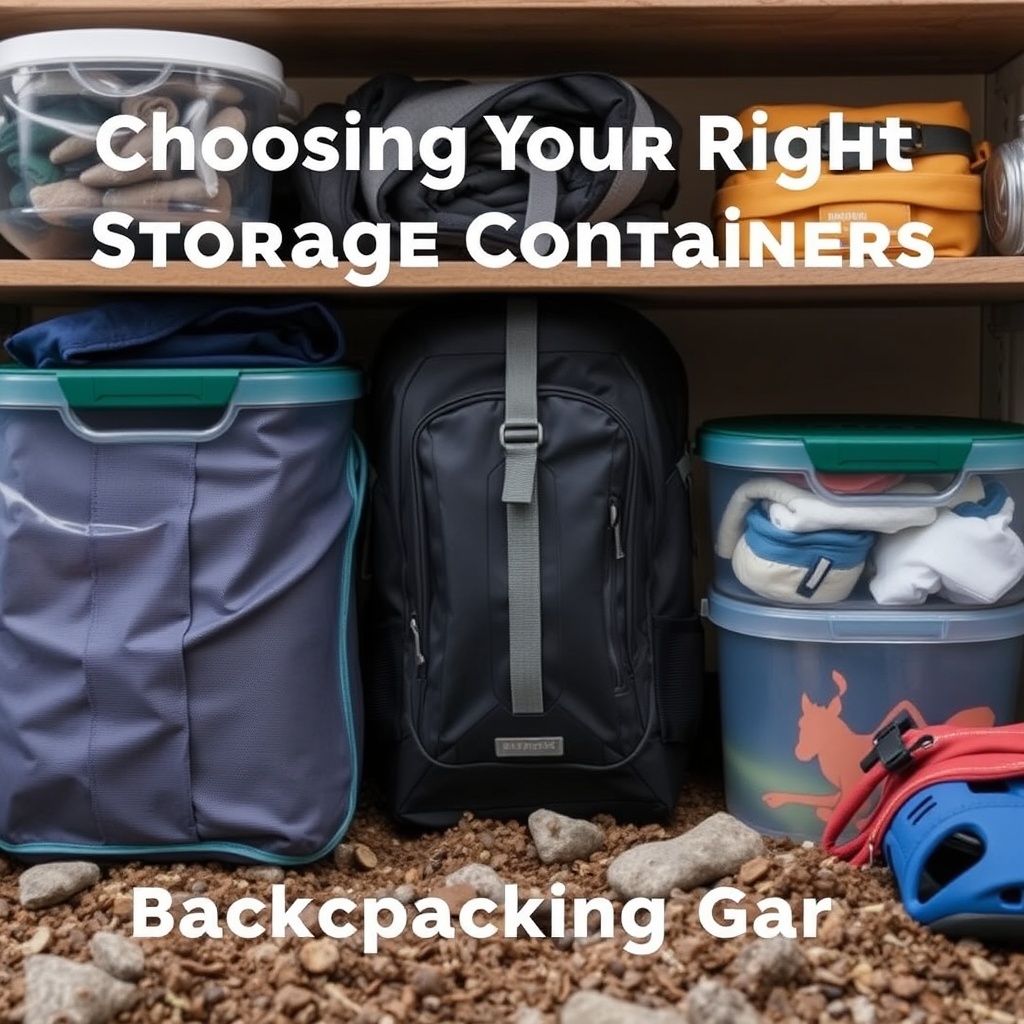
Choosing the Right Storage Containers for Your Backpacking Gear
Choosing the right storage containers for your backpacking gear is essential for keeping it organized and protected while on the trail.
One important factor to consider when choosing storage containers is durability.
Look for containers that are made from high-quality materials that can withstand the rigors of outdoor use.
Additionally, consider the size and shape of the containers.
Look for containers that are compact and lightweight, yet spacious enough to hold all of your gear.
Another important factor to consider when choosing storage containers is waterproofing.
Look for containers that are waterproof or come with a waterproof liner to protect your gear from moisture while on the trail.
Additionally, consider the ease of access when choosing storage containers.
Look for containers with easy-to-use closures such as zippers or buckles that allow you to quickly access your gear when needed.
By choosing the right storage containers for your backpacking gear, you can ensure that it remains organized and protected while on the trail.
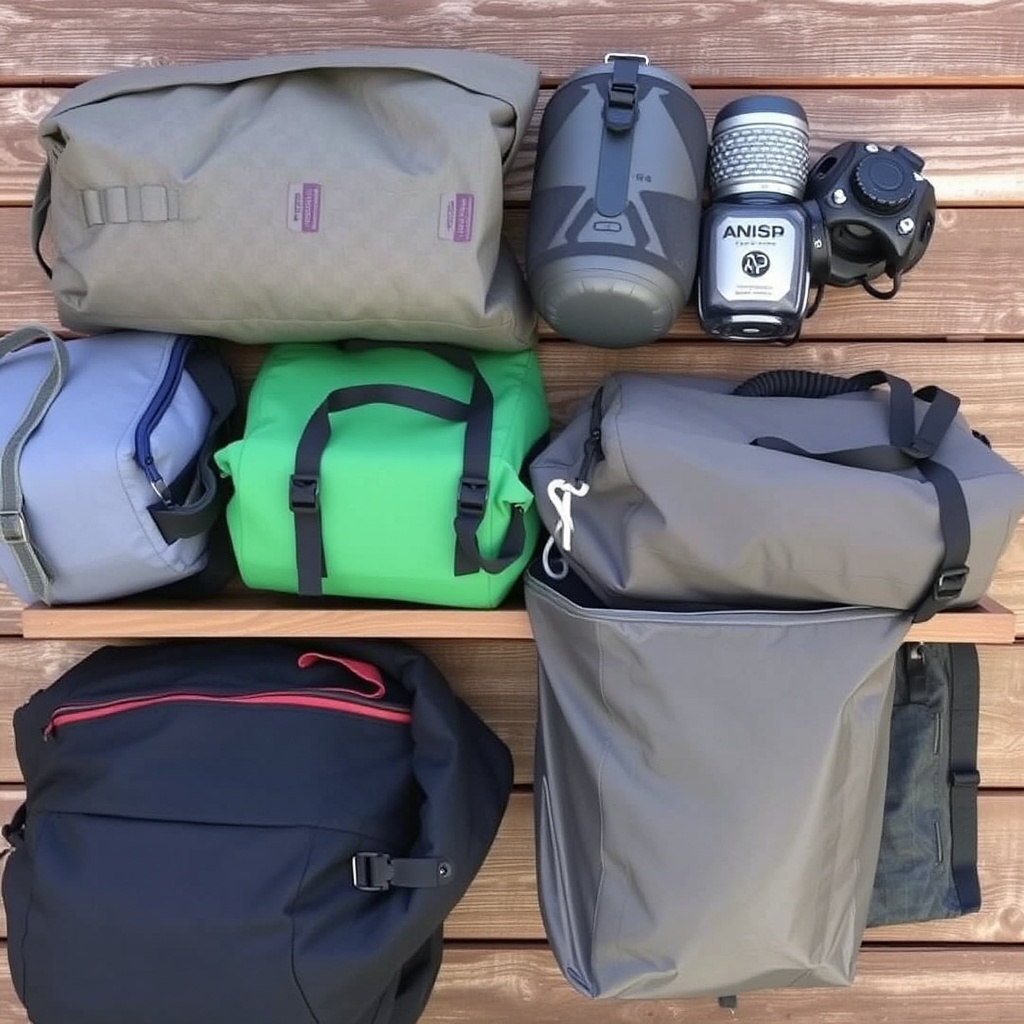
DIY Gear Storage Hacks for Backpackers on a Budget
For backpackers on a budget, there are many DIY gear storage hacks that can help keep your gear organized without breaking the bank.
One budget-friendly storage hack is to use empty plastic peanut butter jars or coffee cans to store small items such as matches, first aid supplies, and toiletries.
These containers are lightweight, durable, and free if you already have them at home.
Another budget-friendly storage hack is to use cardboard boxes or milk crates as makeshift shelving units at your campsite.
These can be used to store cooking supplies, food, and other items off the ground.
Another DIY gear storage hack for backpackers on a budget is to repurpose household items for outdoor use.
For example, you can use an old belt or strap to create a makeshift gear loft inside of your tent to store clothing or other items off the ground.
Additionally, consider using an old shower curtain or tarp as a ground cover or rain shelter at your campsite. By utilizing these DIY gear storage hacks, you can keep your backpacking gear organized without spending a lot of money.
In conclusion, organizing and storing your backpacking gear is essential for a successful outdoor adventure.
By following these essential tips and utilizing efficient storage solutions, you can maximize space in your pack and keep your gear organized and accessible while on the trail.
Properly storing your backpacking equipment is crucial for maintaining its longevity and functionality, so be sure to keep it clean, dry, and protected from pests and critters.
Consider using innovative gear storage ideas such as hanging organizers and collapsible shelving units to keep your gear organized while on the trail.
By choosing the right storage containers and utilizing DIY gear storage hacks, you can keep your backpacking gear organized without breaking the bank.
With these tips in mind, you can ensure that your next backpacking adventure is well-organized and hassle-free.

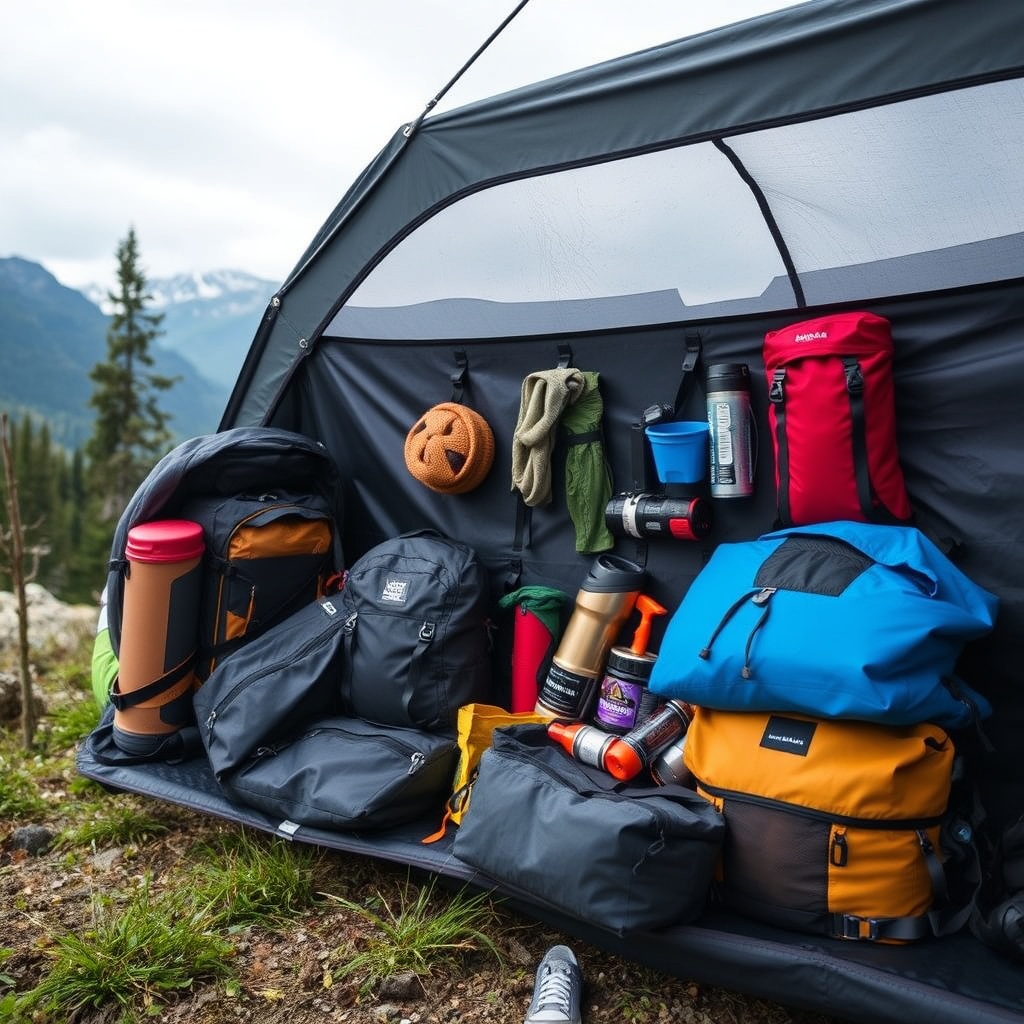

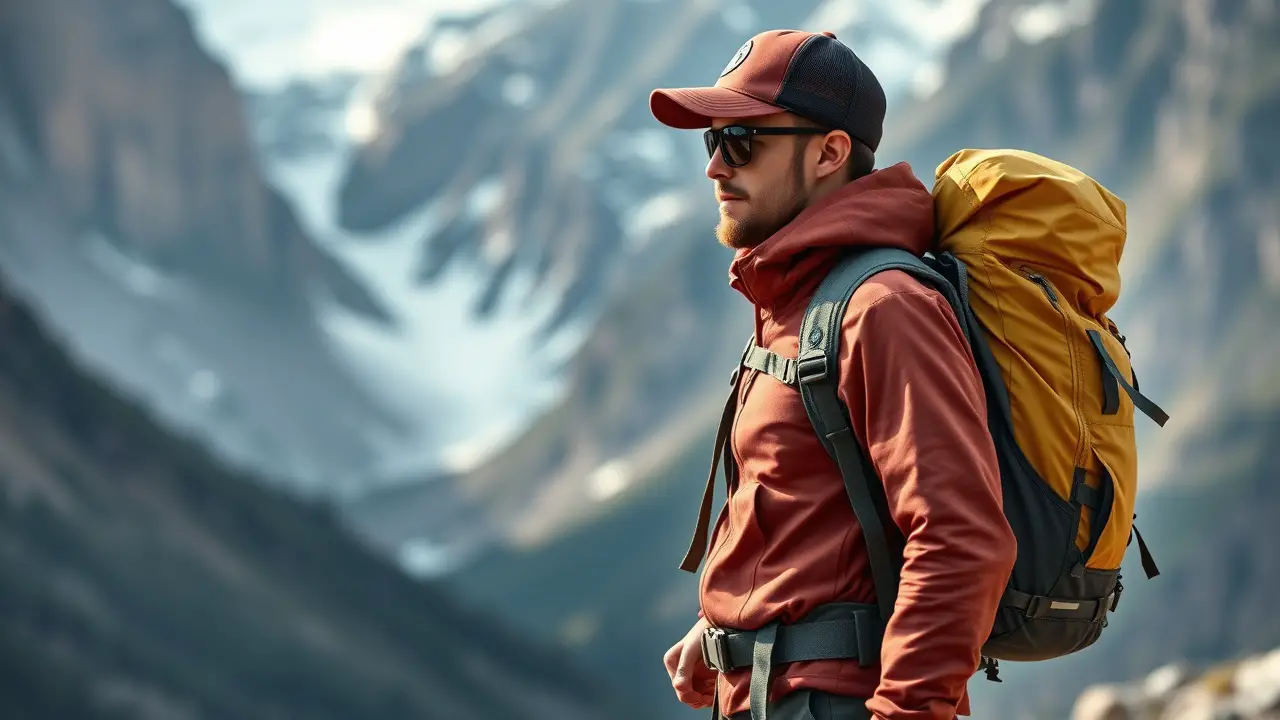
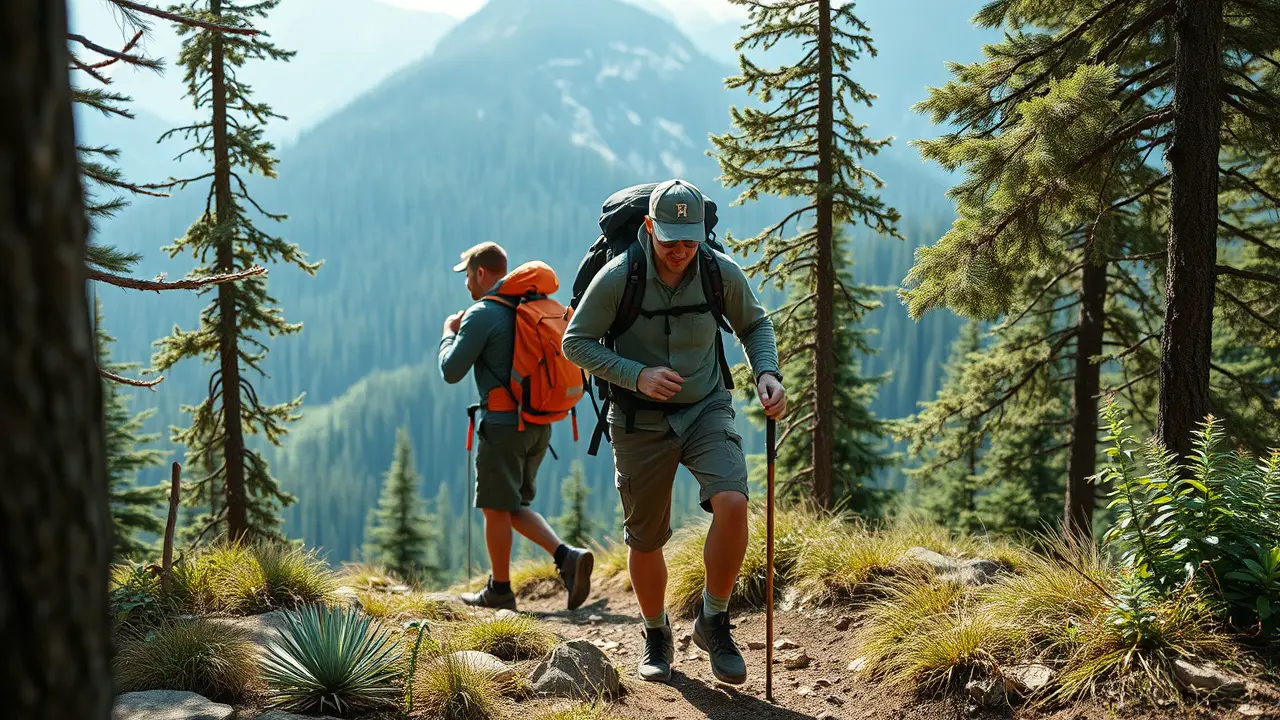
Leave a Reply